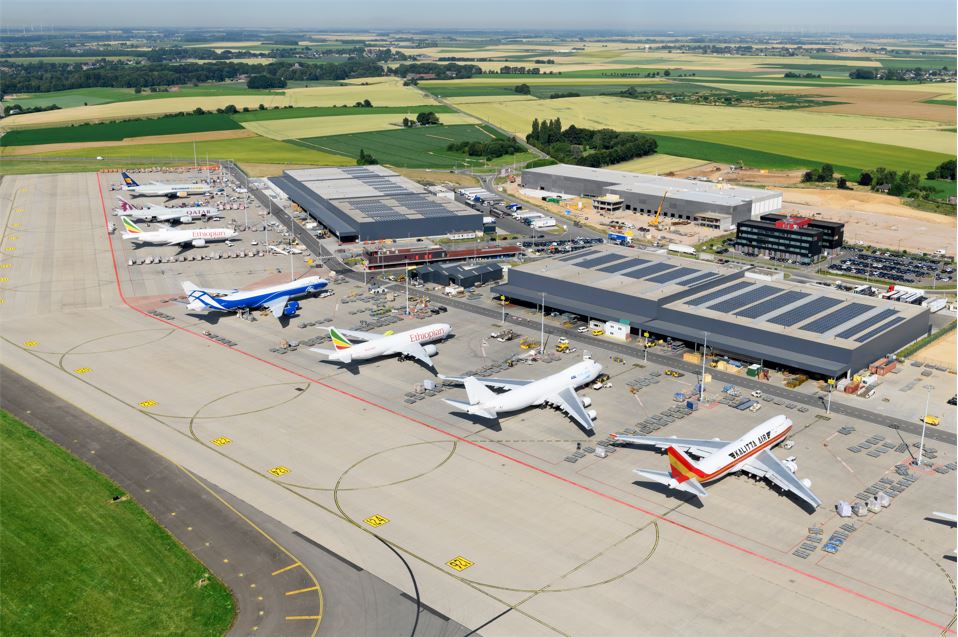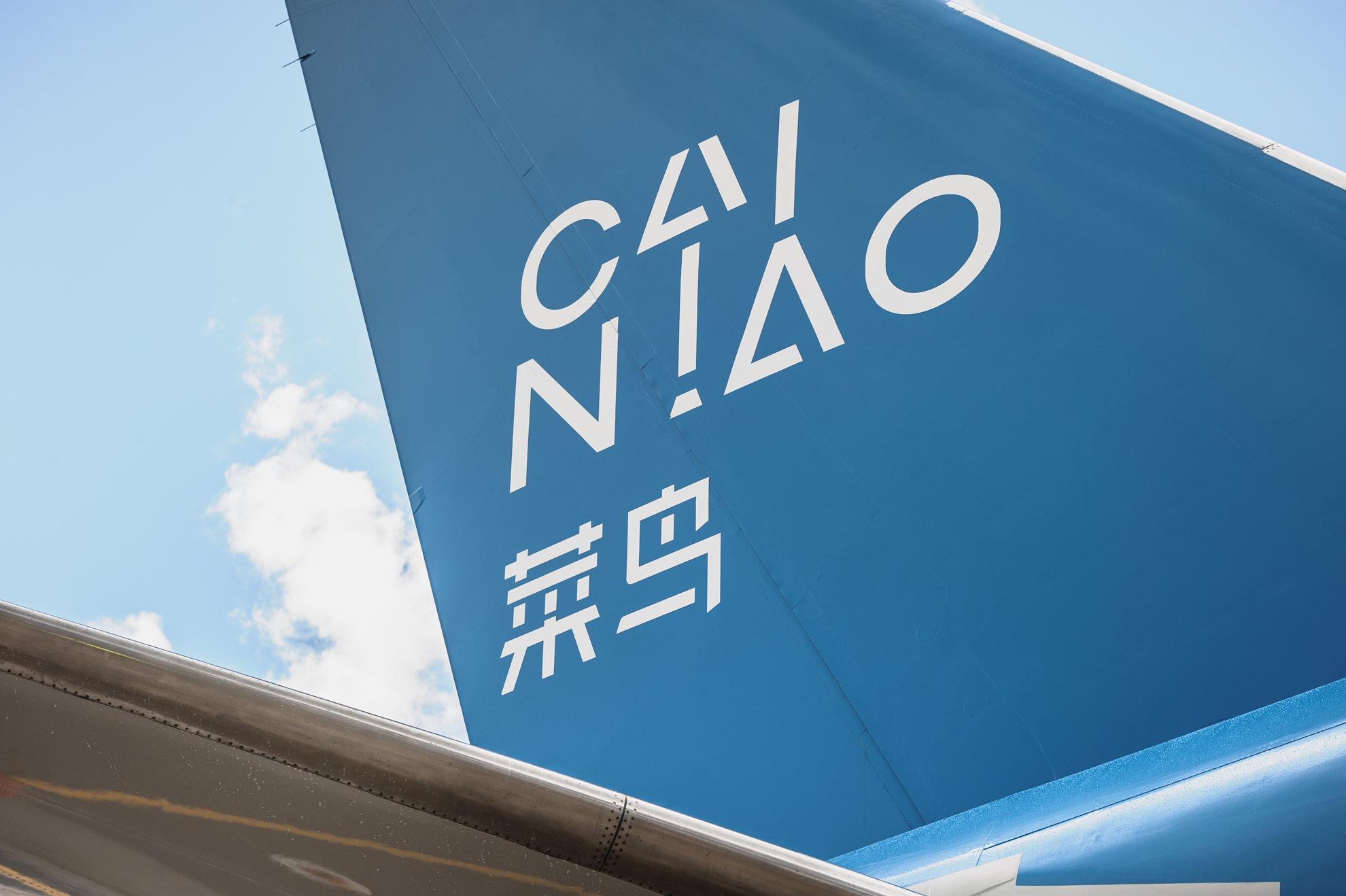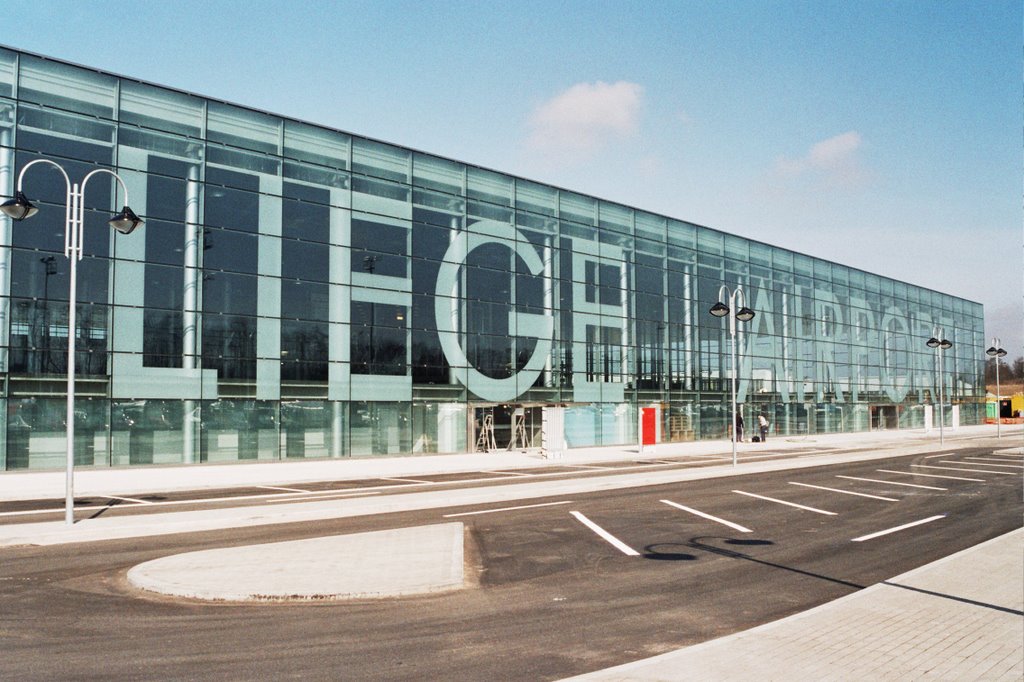

Liege Airport has been shortlisted once again for European Airport of the Year at this year’s PLA Awards after winning the award last year. In a recent interview, Payload Asia talks to Steven Verhasselt, commercial VP at LGG, as he gives his take on the current market situation, where the air cargo industry is headed, and how the airport is gearing up for another peak season.
What are the challenges faced by air hubs given the wave of coronavirus cases seen across the globe, and how has Liege adjusted its operations to respond accordingly?
The main challenge is the unexpected and unprecedented shift from a mixed belly/freighter capacity to a freighter only capacity in the global market. As a dedicated cargo airport, Liege Airport has worked in this model for many years. The cargo volumes in Liege increased from 300,000 tonnes to over 1 million tonnes on freighter cargo capacity only.
The shift in the global market did impact Liege Airport less than other airports, but we still had to ramp up operational capacity, especially for peak management. In times where staffing was sometimes an issue due to Covid restrictions, this posed a stiff challenge. We can only thank all the staff of all service providers in and around Liege Airport for their excellent work.
Capacity constraints in container shipping have led forwarders, logistics providers and shippers to turn to other modes like air freight. What’s your take on this? Are you seeing more demand for unscheduled air cargo charters given the congestions at sea?
The market is changing as a result of the issues in seafreight and the lack of capacity in airfreight. Freight forwarders and shippers are securing guaranteed airfreight capacity by setting up their own programs, either scheduled, seasonal charter programs or ad hoc charters.
For the airports, flexibility is the key to enable this kind of operation. As the demand ramps up towards what looks to become a long end-of-the-year peak, managing the demand according to the resources, to maintain quality services, has become a Liege Cargo Community task. Cooperation is needed between all stakeholders to deal with the new market situation.
As a main cargo hub, will the slot use imposed by the European Commission for the upcoming winter season likely to affect your operations? What would be your advice for airport operators looking to develop cargo operations?
Liege Airport is not a slot regulated airport. There will be no direct impact for us. We hope that from a policy point of view, it is now clear that freighter operations deserve a policy of their own. Bilateral traffic rights dont really work, as airfreight only moves one way. Limiting operations to avoid optimization of the network only drives up the rates, which will be paid for by end customers. For slots, flexibility is needed as well, as freighters are not as punctual as passenger operations, due to the requirements in the logistics chain. Airport operators should know that, and discuss it with regulators. It is of utmost importance to be successful in IT infrastructure and human resources of course.
How is the airport gearing up for the upcoming peak season and how important is a close-knit cargo community when it comes to sudden surges in demand?
LGG is adding capacity, both in the first line and second line. In the first line, before the end of the year, the Cainiao E hub will be operational and the second handling facility will be up and running.
In the second line, investments for more capacity are coming up, and we hope to see the completion of an additional 200,000 square meter by the end of 2022. The seamless connection between first and second line, a combination of physical and digital infrastructure, is of utmost importance, as is the cooperation between all the members of the Liege Airport Cargo Community, young and old.
Where do you see air cargo headed, and what would be the key investments or trends that would help sustain the momentum?
Air cargo is currently on a growth path, and we believe that will continue. We sure hope the world returns to normal soon, and belly capacity will come back to relieve the pressure on capacity we see now.
e-commerce is an important driver already, but we still believe this is only the start. In the more developed e-commerce market, there is more diversification in e-commerce products, for example e-commerce in perishables and pharma. That will lead to even more flows by airfreight.
Investment in infrastructure, physical and digital, is key. Attracting talent to our industry is very important as well. As the air cargo industry shines as never before, this is the time to bring in young people with new and bright ideas to propel our industry to the next level.
Can you share with us the recent developments in the planned smart logistics hub with Cainiao/Alibaba?
We can not officially comment on the Cainiao hub. We are very happy with the progress. Phase 1 is on time and will be operational very soon, on time for the November peak.








